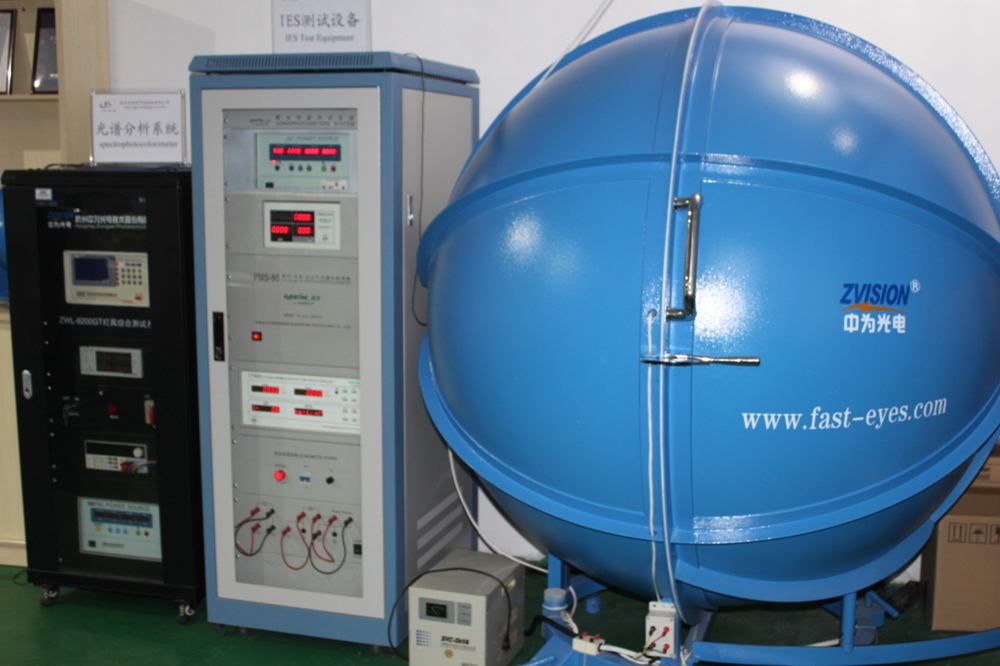

To lower the costs associated with RNA extraction, we performed this step using an alternative protocol that uses plasmid DNA extraction columns. As expected, RNA extraction from saliva samples increased the sensitivity of the test. The saliva was self-collected and the collection tube remained closed until inactivation, thereby ensuring the protection of the testing personnel. Additionally, we set up a RNA extraction-free RT-LAMP test capable of detecting SARS-CoV-2 directly from saliva samples, albeit with lower sensitivity. For viral loads above 100 copies, the RT-LAMP assay had a sensitivity of 100% and a specificity of 96.1%. We benchmarked the assay against the gold standard test for COVID-19 diagnosis, RT-PCR, using 177 nasopharyngeal RNA samples. In this study, we have established a single-tube test based on RT-LAMP that enables the visual detection of less than 100 viral genome copies of SARS-CoV-2 within 30 min. Such a strategy should rely on disparate diagnostic tests to prevent a slowdown in testing due to lack of materials and reagents imposed by supply chain problems, which happened at the beginning of the pandemic. Until there is an effective implementation of COVID-19 vaccination program, a robust testing strategy, along with prevention measures, will continue to be the most viable way to control disease spread.


 0 kommentar(er)
0 kommentar(er)
